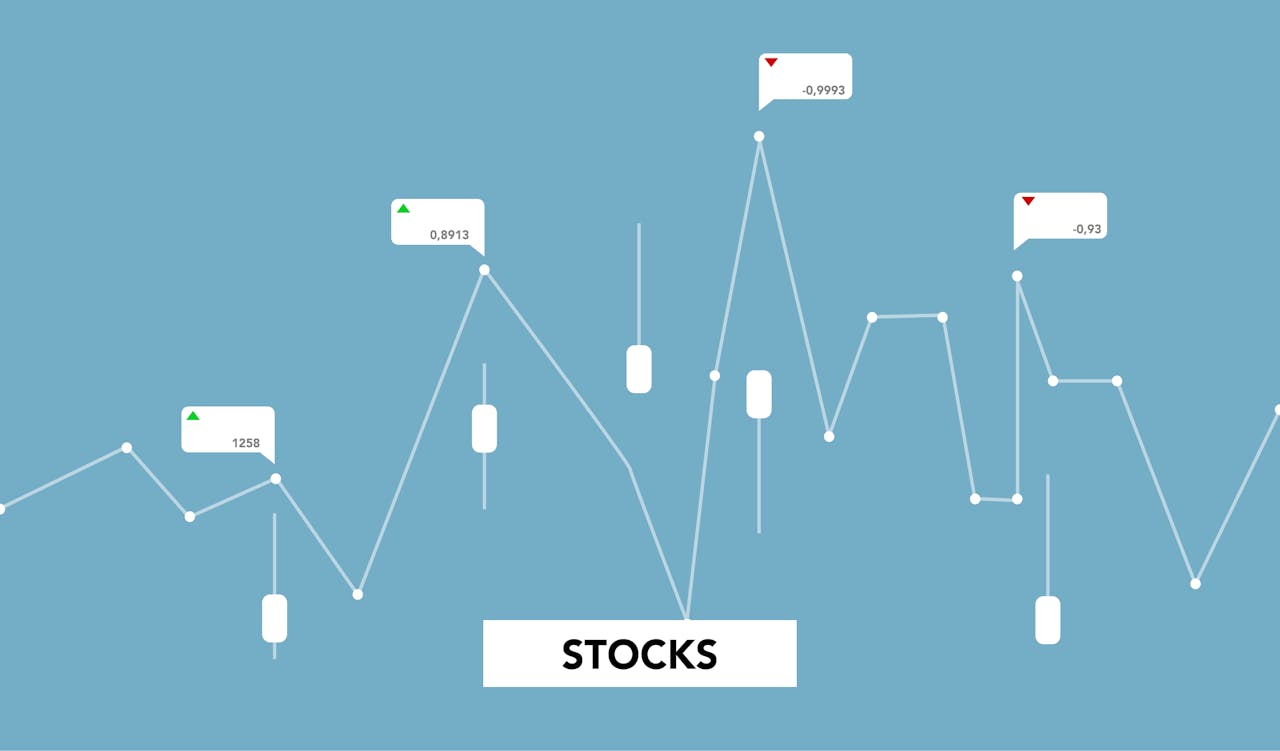Stock trading has undergone a massive transformation over the centuries. What once began as a simple barter system has evolved into a complex digital network that spans the globe. This evolution has been influenced by technological advancements, economic growth, and regulatory changes. Understanding this progression gives us a deeper appreciation of the modern financial markets and the tools available to investors today.
The Beginnings of Stock Trading
In the early days of commerce, trade was conducted through a barter system. Goods were exchanged directly for other goods, and this primitive system formed the foundation for modern trade. However, as civilizations grew more complex, the need for more sophisticated trading systems became apparent. Merchants and traders wanted a way to exchange goods and services without directly swapping one product for another.
The Birth of Stock Markets
The first true stock exchanges began to emerge in the 16th and 17th centuries. In Europe, particularly in Amsterdam, the idea of buying and selling shares of companies took hold. In 1602, the Dutch East India Company became the first company to issue publicly traded shares. This was a groundbreaking moment in the history of finance, as it allowed investors to purchase stakes in companies and share in their profits. This move marked the beginning of modern stock trading as we know it.
In the United States, the first official stock exchange was established in 1792, when 24 stockbrokers signed the Buttonwood Agreement in New York. The New York Stock Exchange (NYSE) would eventually become the largest and most influential stock exchange in the world.
The Role of Brokers in Early Stock Trading
In the early days of stock trading, brokers played a crucial role in connecting buyers and sellers. These brokers were often individuals or firms with inside knowledge of the market. Trades were executed manually, and all transactions were done in person. Investors had to rely on the expertise of brokers to make decisions about which stocks to buy or sell.
However, the process was time-consuming and often inefficient. There were no electronic systems to facilitate quick transactions, so trades were often delayed. Furthermore, information about market conditions was not readily available, making it difficult for investors to make informed decisions.
The Introduction of Electronic Trading
The next significant shift in stock trading came with the advent of computers and the rise of electronic trading. In the 1970s and 1980s, trading floors began to incorporate computer systems that allowed brokers to execute trades more quickly. This allowed for faster and more efficient transactions, which in turn made the stock market more accessible to a wider range of investors.
In the 1990s, the development of online trading platforms took this idea even further. The internet enabled individual investors to trade stocks from the comfort of their own homes. Online brokers like E*TRADE and Charles Schwab revolutionized stock trading by allowing anyone with an internet connection to buy and sell stocks at any time of day.
The Rise of Algorithmic Trading
As technology continued to advance, another evolution in stock trading emerged: algorithmic trading. In this system, computer programs are used to execute trades based on predefined criteria. These algorithms can analyze vast amounts of data, identify patterns, and make trading decisions in real time.
Algorithmic trading has become a major force in modern financial markets, accounting for a large percentage of all trades executed today. High-frequency trading (HFT) is a subset of algorithmic trading that involves executing a large number of trades in fractions of a second. This has dramatically increased the speed and volume of trades, making the market more efficient but also raising concerns about market volatility.
The Growth of Cryptocurrency Trading
In recent years, cryptocurrency has introduced yet another layer to the evolution of stock trading. The rise of digital currencies like Bitcoin, Ethereum, and others has created new opportunities for investors. These markets operate outside of traditional stock exchanges, but they share many similarities with traditional stock trading in terms of buying and selling assets.
Cryptocurrency exchanges, such as Binance and Coinbase, allow individuals to trade digital currencies much like stocks. The volatility of cryptocurrencies, combined with their decentralized nature, has made them an attractive investment for many. However, the lack of regulation and security concerns have raised challenges for investors.
The Role of Mobile Trading Apps
In today’s fast-paced world, mobile trading apps have further transformed the stock market. These apps allow investors to trade stocks, options, and other assets directly from their smartphones. Platforms like Robinhood, Webull, and TD Ameritrade have democratized stock trading by providing low-cost or commission-free trading, making it easier for beginners to participate.
Mobile trading apps have become especially popular among younger generations. With easy-to-use interfaces and the ability to monitor stock prices in real time, these apps have made it simpler than ever for people to invest in the stock market. Additionally, these platforms offer educational resources, helping users make informed decisions.
The Impact of Regulation
As stock trading became more complex and accessible, the need for regulation grew. Governments and regulatory bodies around the world introduced laws and frameworks to ensure fair trading practices and protect investors. In the U.S., the Securities and Exchange Commission (SEC) was established in 1934 to oversee the stock markets and enforce regulations designed to prevent fraud and manipulation.
Regulation has continued to evolve alongside the growth of electronic trading. New rules have been implemented to address issues like market manipulation, insider trading, and the impact of algorithmic trading. These regulatory changes have helped create a more stable and secure trading environment, though challenges still exist in keeping up with rapid technological advancements.
The Future of Stock Trading
Looking ahead, it is clear that the evolution of stock trading is far from over. Emerging technologies like artificial intelligence (AI), machine learning, and blockchain are expected to play an increasingly important role in shaping the future of finance. AI and machine learning have the potential to further enhance algorithmic trading, allowing for even faster and more accurate predictions.
Blockchain, the technology behind cryptocurrencies, could revolutionize how stocks and other assets are traded. By providing a decentralized, secure, and transparent system for transactions, blockchain could reduce the need for intermediaries like brokers and clearinghouses, making trading more efficient and cost-effective.
Conclusion
The evolution of stock trading from its humble beginnings in the barter system to today’s electronic and algorithm-driven market is a testament to human ingenuity and technological advancement. From the early days of stock exchanges in Amsterdam and New York to the rise of online trading and cryptocurrencies, stock trading has continuously adapted to meet the needs of investors.
As technology continues to advance, the future of stock trading holds even more promise. Whether it is through mobile apps, algorithmic trading, or blockchain technology, investors will have more opportunities and tools than ever before to engage in the global financial markets.
Check out our Facebook or X accounts.
For more topics check here.



